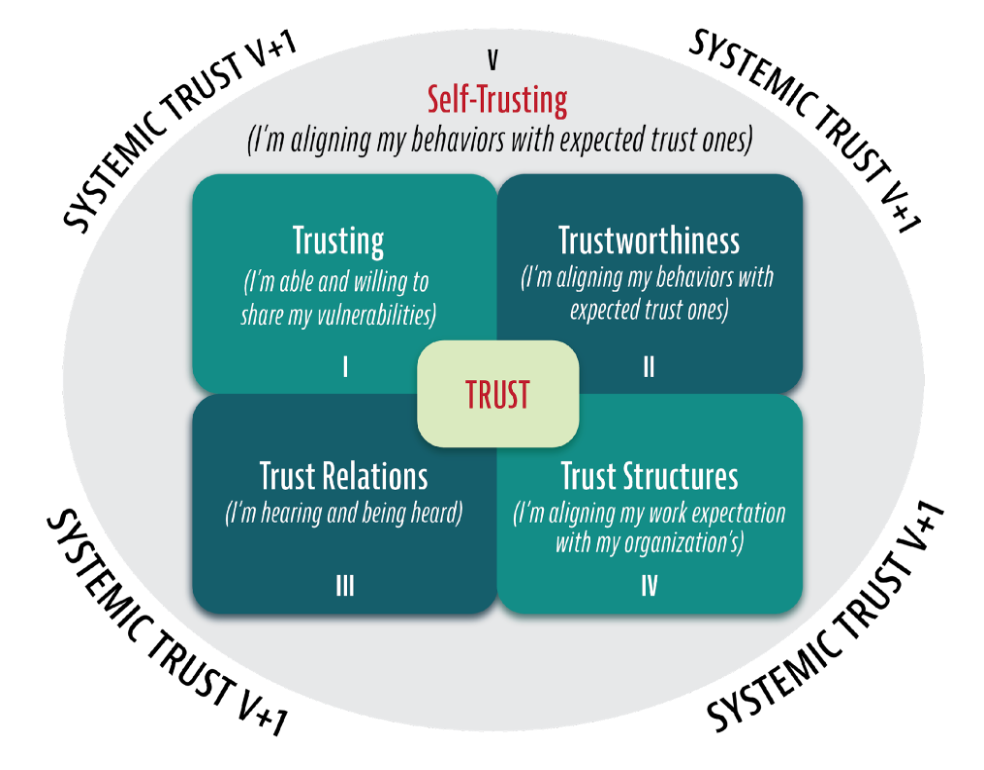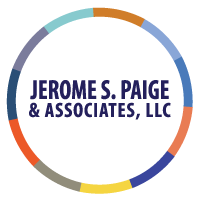Entanglement
If two photons share the same waveform, when we know something about one, we simultaneously and immediately know something about the other, no matter the distance between them. Likewise, if we affect one photon, we’ll influence the other, wherever the other’s location. That’s “quantum entanglement.” “Bodies” are a part of an interdependent system1 because they are connected (entangled). With every “body,” forces connect it to one or more other bodies. A ‘body” don’t exist independently. In our book, Making Trust Happen! How to Think and Talk about Trust & Create and Experience It,” “trust” functions like a “connecting force.”Knowledge Entanglement
In the quantum world, how we approach an investigation will affect what we’re examining. Consequently, the outcomes we find depend on who’s doing the investigating, what they’re studying, and the measurement framework and tools they use.
What we know is entangled with how we know it. We always know through a paradigm, model, mindset, worldview, framework, or lens. We’re never looking “at.” We’re always looking “through.” Consequently, implicit and explicit biases exist before, during, and after our investigation.
Dimensions of Trust
In our book, we’ve adapted the Integral Vision Model2 to investigate “trust.” Consequently, we identified five dimensions of “trust” — self-awareness, mental, behavioral, relational, and structural– and how these dimensions interact to create a sixth – systemic.

The quantum world reinforces the adage that the whole is greater than the sum of its parts.
Trust’s Entanglements
Since we’re “participant observers,” our perceptions and behaviors will determine “trust’s” presence or absence of “trust.” As our perspectives change, so do our perceptions of “trust.”
Changing Trust Perspectives
How do we change perspectives?
Follow the “Four E’s” we outline in our book.
- Explain:
- Ensure everyone shares the same meaning of “trust.” Use the definitions (dimensions) in the “trust glossary” in our book. The definitions are suggestive, not prescriptive
- Examine
- Determine everyone’s current (as-is) and desired (to-be) trust levels (stages.) Use surveys, guided inquiries (power questions), or “trust” exercises we provide.
- Engage;
- Use activities that move everyone from their current to desired trust level. For example, increase everyone’s ease at sharing their “stories.”
- Expand;
- Enhance everyone’s “trust ability.” Why? Their “to-be” stage will become their “as-is” one. Organizations are constantly in flux. For everyone, there will be an “N+1 Trust Stage” to attain.
Shift your perspective. Change the organizational vibe. Make trust happen.
Read & share our book.
